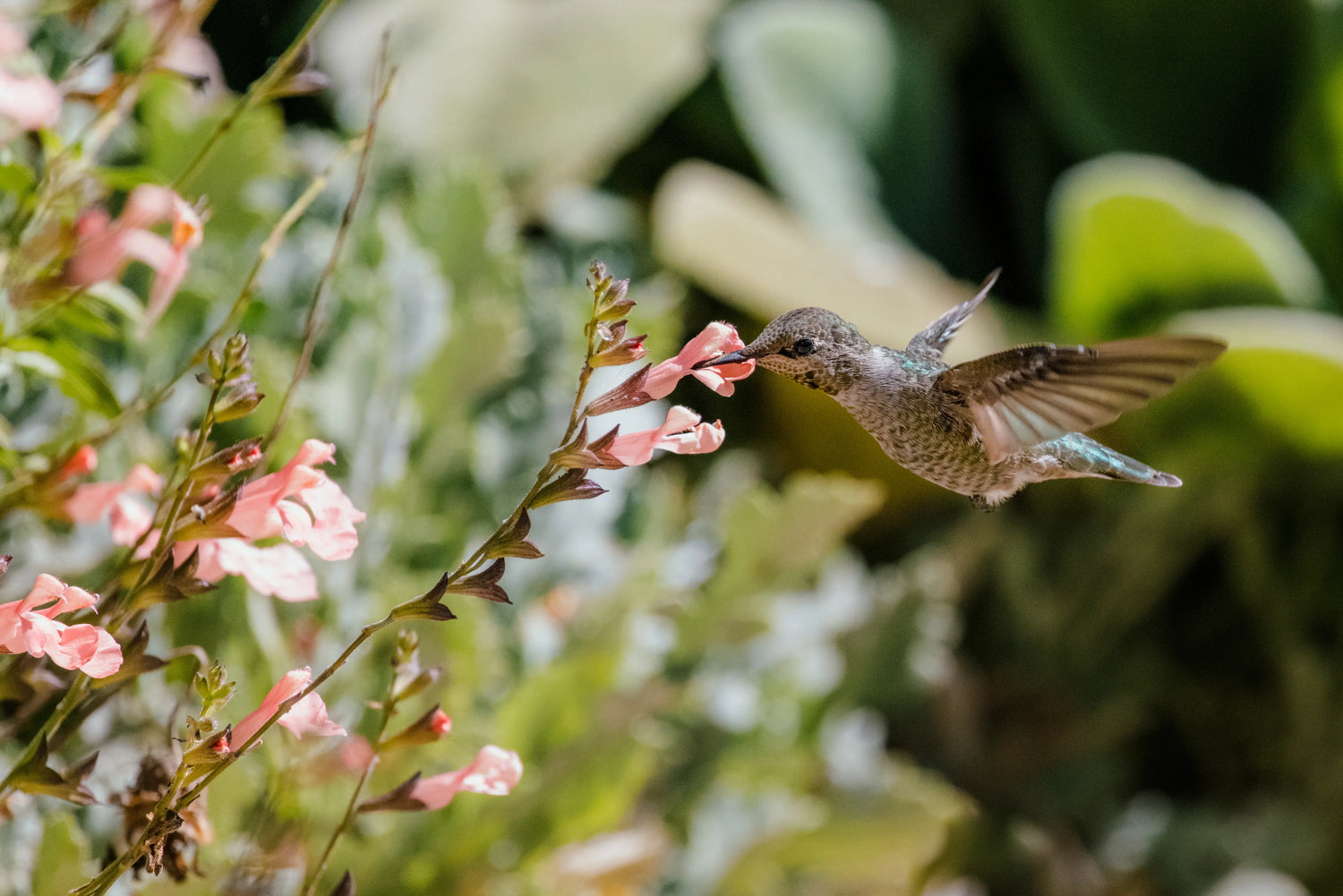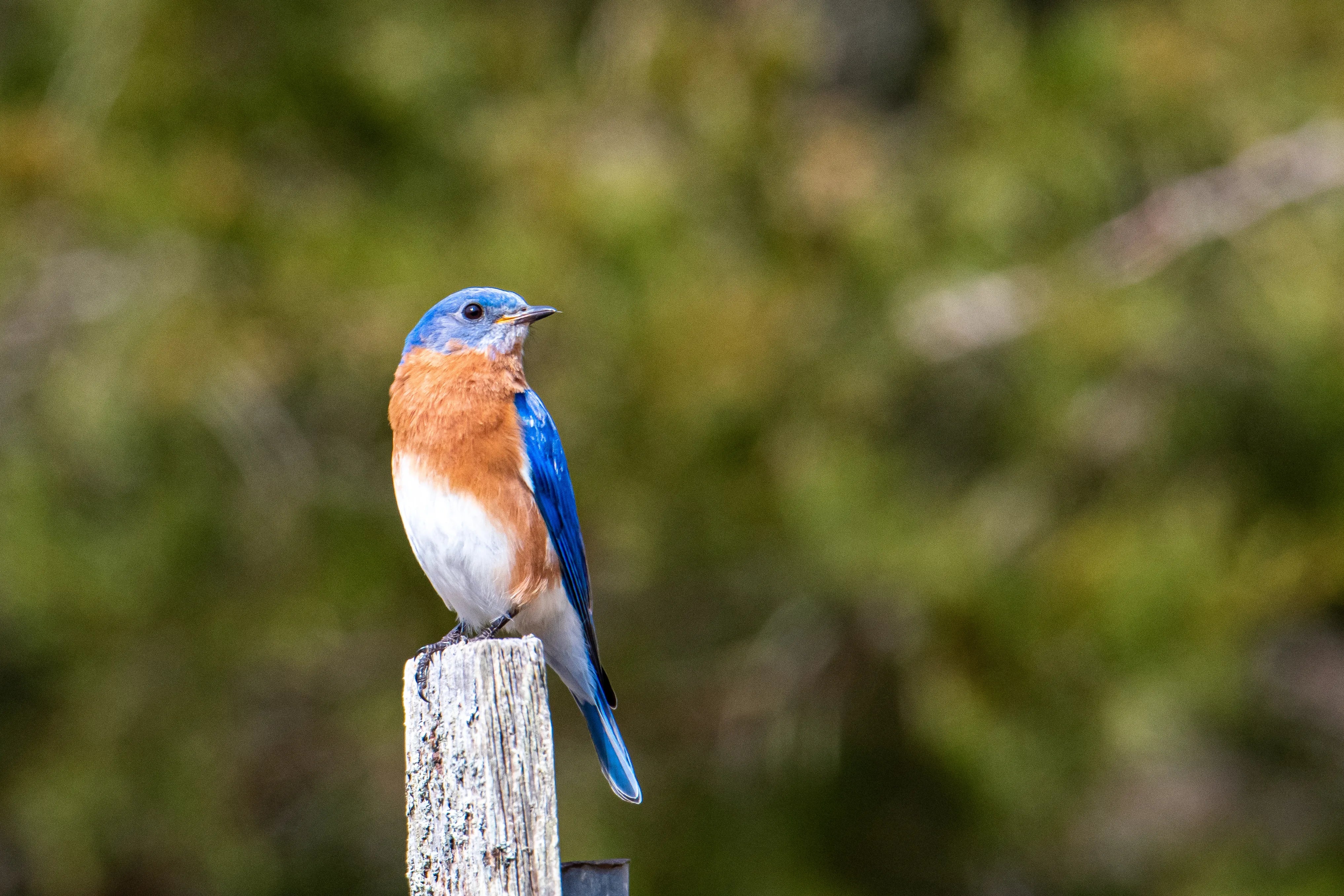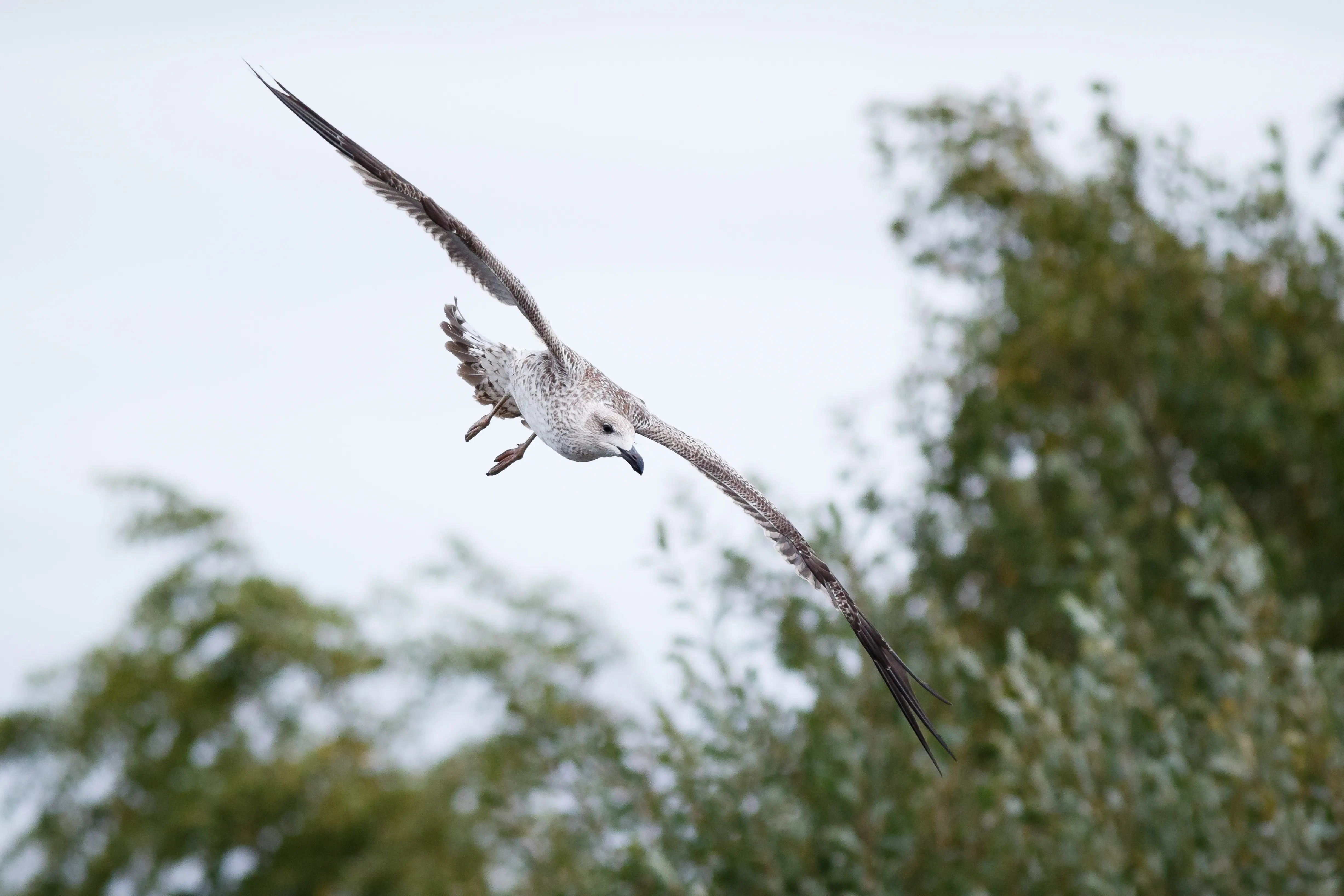Whether you're feeding wild birds in your garden or shopping for your cockatiel’s next meal, choosing the right bird food is essential for attracting healthy visitors and supporting avian wellbeing. In this guide, we’ll break down the best types of bird food, when to offer them, and what to avoid—plus answer common questions like how wild bird feeding differs from domestic care, and why some recent bird flu headlines have birders on alert.
🌿 Why Choosing the Right Bird Food Matters
Birds aren’t just feathered ornaments—they’re part of a complex ecosystem. The food you offer can affect not only their health but also their nesting success, migration timing, and local biodiversity.
Feeding birds the right diet:
- Helps them stay warm during cold winters.
- Supports breeding and fledgling growth in spring.
- Builds trust with regular visitors.
- Reduces harmful scavenging behaviors that can attract pests.
If you’ve ever searched for feeders supply, this guide will help you make informed choices.
🌾 Types of Bird Food and What They’re Good For
Birds aren’t one-size-fits-all eaters. Here’s a breakdown to help you match food to bird type, whether you’re feeding cardinals or caring for a cockatiel.
| Type of Bird Food | Best For | Highlights | Watch Out / Tips |
|---|---|---|---|
| 🐤 Seed Mixes | Sparrows, finches, cardinals, doves | Black-oil sunflower, millet, cracked corn | Avoid low-quality fillers like red milo or oats |
| 🌰 Black-Oil Sunflower Seeds | Most wild birds (especially chickadees, woodpeckers) | High in fat and protein | Use squirrel-proof feeders to reduce waste |
| 🍎 Fruits & Suet | Robins, bluebirds, orioles | Fresh fruits (apples, oranges, raisins); suet cakes for winter | Mold risk in summer—keep clean and shaded |
| 🐛 Mealworms (Live & Dried) | Nesting birds, insectivores | High-protein; ideal in spring for feeding young | Offer in shallow trays; protect from moisture |
| 🦜 Food for Cockatiels/Parrots | Cockatiels, parrots (indoor birds) | Pellets + greens + occasional seeds | Avoid avocado, caffeine, chocolate |
🧠 What to Avoid: The Risk of Poor-Quality Bird Food
Not all bird food is created equal. Some store-bought blends contain:
- Cheap fillers (like red milo) that birds won’t eat.
- Moldy or dusty grains that can cause respiratory illness.
- Improper labeling hiding sugar or salt content.
Also, avoid feeding birds human snacks or expired pet food—especially in light of recent cat food recalls and bird flu concerns. While bird flu transmission via pet food is rare, hygiene and sourcing are critical.
❄️ Seasonal Tips: When and What to Feed Wild Birds
- Spring: Protein-rich food like mealworms support nesting birds and growing chicks.
- Summer: Fresh fruit and water help birds cope with heat and dry spells.
- Fall: Fat-rich seeds help build energy reserves for winter.
- Winter: Suet and sunflower seeds provide critical calories in cold months.
Want more control? Rotate feeder types or offer seasonal treats like orange halves for orioles or peanut hearts for woodpeckers.
🧩 Indoor Bird Diets: Cockatiels and Beyond
Not all birds visit outdoor feeders—some live with us full-time. For indoor birds like cockatiels:
- Focus on balanced pellets as a staple diet.
- Add leafy greens and fresh veggies daily.
- Use seeds sparingly as treats.
- Avoid toxic foods like avocado, onion, caffeine, and chocolate.
Food for cockatiel birds should meet their specific nutritional needs, not just be generic “bird seed food.” Choosing well-formulated pellets designed for indoor parrots and cockatiels is essential.
🐦 Bonus: Smart Feeders for Smarter Feeding
Want to track which birds visit and when? Try smart bird feeder cameras from Bilantan. These devices:
- Automatically capture photos when birds arrive.
- Identify species with AI recognition.
- Help you optimize what food to offer based on visitor preferences.
Great feeding starts with observation—and no, it’s not just for birding nerds. It’s how better backyard birding begins.
❓ FAQ: Bird Food Questions Answered
Q: What’s the best bird seed for beginners?
A: Start with black-oil sunflower seeds—they’re widely accepted and highly nutritious.
Q: Are cheap seed blends worth it?
A: Usually not. Many cheap blends include fillers that birds toss aside, causing mess and attracting pests.
Q: What’s the healthiest food for indoor birds?
A: Species-specific pellets supplemented with fresh greens, avoiding sugary or fatty treats.
Q: Can I feed bread to birds?
A: No. Bread lacks nutrients and can cause digestive issues and dependency.
Q: Can I feed birds year-round or only seasonally?
A: You can feed year-round, but adjust food types seasonally to meet birds’ nutritional needs.
Q: How do I keep bird feeders clean to prevent disease?
A: Regularly wash feeders with warm soapy water and rinse thoroughly, especially in humid months.
Q: What type of feeder works best for sunflower seeds?
A: Tube or hopper feeders with small perches help reduce waste and keep seeds dry.
🌟 Final Thoughts: Feed With Purpose
Feeding birds isn’t just fun—it’s impactful. The right food can attract rare species, support fragile populations, and create daily moments of joy.
Ready to take your birdwatching further? Explore Bilantan’s smart feeders and bird food collections to make your outdoor space a true bird paradise—because every feathered guest has a story worth recording.




Leave a comment
All comments are moderated before being published.
This site is protected by hCaptcha and the hCaptcha Privacy Policy and Terms of Service apply.